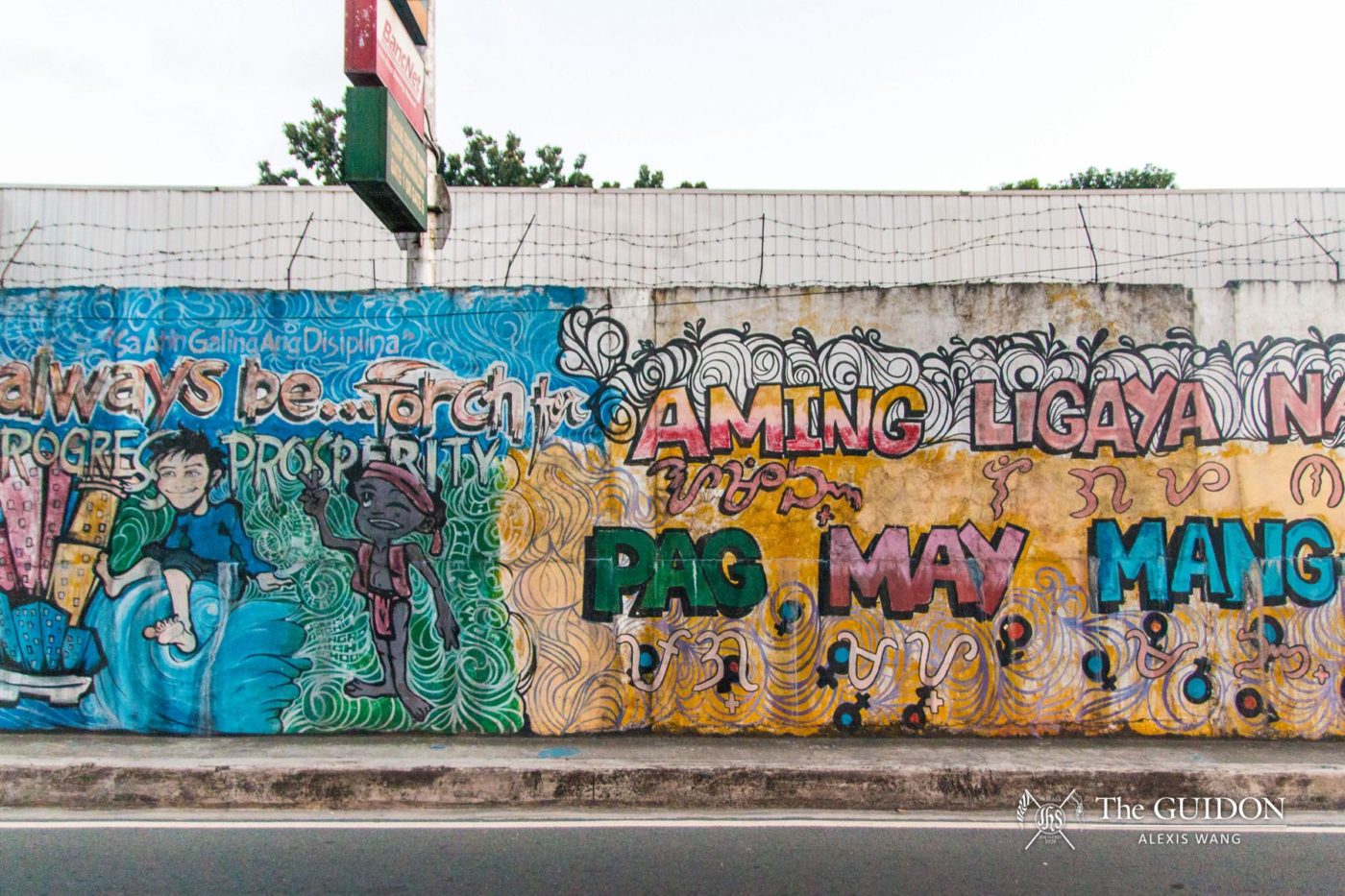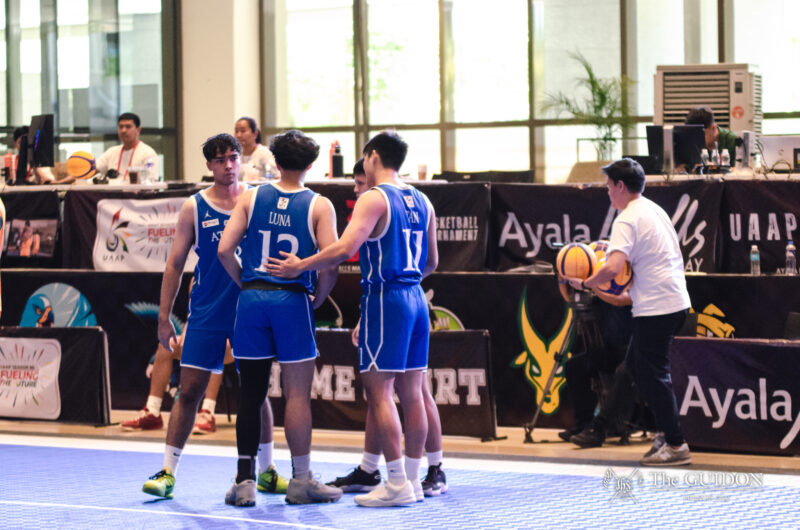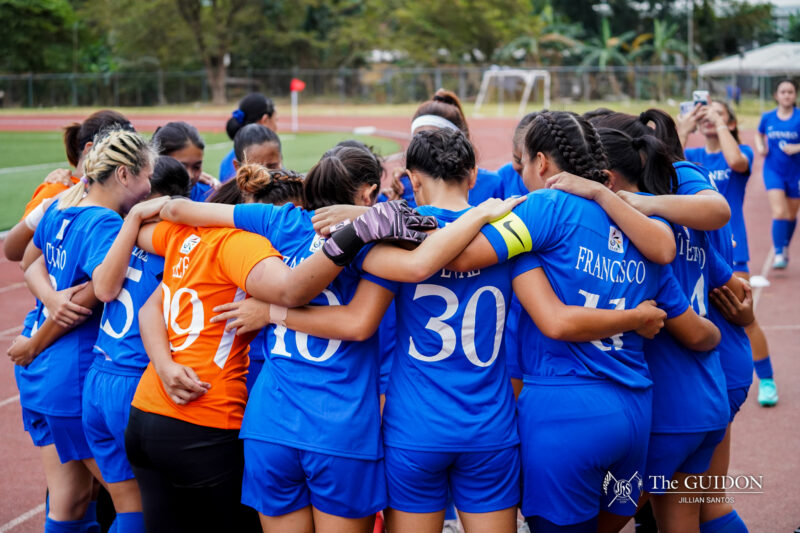FERDINAND MARCOS’ burial at the Libingan ng mga Bayani came about in the same manner Marcos established his dictatorship: Behind closed doors. The burial had been debated for years, until President Rodrigo Duterte greenlit the hero’s burial for Marcos, saying it was in keeping with law. He then implored the public to forgive the late dictator; after all, he had inherited a frustrated constituency, one that may have already been given to forgetfulness.
The burial added to a young yet contentious presidency, at the center of which was the drug war. Nearly 4 years and several thousands of fatalities later, he maintains the public’s approval.
His record-high satisfaction ratings came into question shortly after Vice President Leni Robredo released her report on the drug war. The findings were “damning”: The anti-drug campaign had barely curbed drug use; the shoddy statistics of the report exposed lapses in drug agencies’ data—it was clear that the drug war was a failure. In response, Duterte called her a “colossal blunder” for having “done nothing” since taking office. This is the latest in his recurrent attacks on the opposition, a camp often tagged as the dilawan.
Duterte has not only created ruptures along party lines, but has also used the history of a political faction, a descendant of People Power, to obscure the revolution’s significance—and to justify authoritarian governance.
A storied color
The color dilaw evokes different responses; this tells us that Duterte has given it new meaning, effectively weaponizing it. Dilaw meant something different in 1986 when then-presidential candidate Corazon “Cory” Aquino colored her campaign with yellow. Yellow became the color of democracy as it was donned by the coalition that ousted Marcos. The color returned to the fore when Benigno “Noynoy”Aquino III and the Liberal Party (LP) bannered their 2010 campaign with yellow.
Today it is no longer just the color of democracy. Patricio Abinales, PhD, historian and professor at the University of Hawaii, pointed to the use of yellow as the LP’s attempt to claim itself as “heir” to EDSA 1 and Cory’s movement. This is seen in future presidential and vice-presidential candidates from the LP, such as Mar Roxas and incumbent Vice President Leni Robredo, who similarly used yellow in their electoral campaigns.
In 2016, however, Rodrigo Duterte was able to notch the presidency. More than a week after the election, at least half of LP’s congressmen moved to PDP-Laban, Duterte’s political party, shifting the balance of power. The main opposition, the LP, then became the focus of Duterte and his supporters’ criticism. This animosity has been further simplified and popularized by personalities like Mocha Uson, bloggers, administration officials, and Duterte himself, allowing them to cluster their opponents into an easily recognizable group: dilawans.
Abinales stressed that yellow was also “associated with the elite,” noting how Duterte, in line with the populist approach, redefined yellow to refer to the oligarchs he promised to depose. Furthermore, he mentioned the failure of the LP to appeal to the Filipino masses, unable to counter President Duterte’s populism.
The aborted revolution
Ambivalence towards the leaders installed by the revolution has translated into ambivalence towards the revolution itself, the legacy and heroes of which have long been under scrutiny by public intellectuals. Many of them point out that the popular uprising failed to usher inclusive growth, and concentrated power and wealth in the upper ranks of society. The failure of post-EDSA governments to deliver on the promises of the revolution worsened inequality and sowed discontent among the Filipino people.
After People Power, the country’s economy saw erratic growth, reaching both historic highs and lows. Although the Fifth Republic brought stability, it still carried Marcos-era baggage. The government was saddled with debt and returned to elite rule, while the markets were dominated by oligarchs that replaced the former dictator’s cronies. The democratic leadership also soon proved inept in handling recent crises such as major typhoons—leading to further animosity towards the ruling class.
Recognizing this enmity, Duterte branded himself as an anti-elite, political outsider, even though he hails from a political dynasty and credits Cory Aquino for his political debut. Cleve Arguelles, researcher from the Australia National University, noted that “[Duterte] comes from the same group of people, but is offering a different narrative.” He added: “…That was the position of the Marcoses during their time: There were abuses, torture, and human rights violations, but this is all for the new society, the Bagong Lipunan. And that’s also what Duterte’s saying: Lives can be sacrificed for the sake of building the nation.”
Repainting history
Duterte’s deviation from past administrations’ style of governance reflects the sentiment of his regime: To “move on from just celebrating the past.” In 2017, former President and key EDSA-figure Fidel Ramos accused Duterte of downplaying the revolution, questioning why commemorations have been “muted.” Arguelles joins Ramos and others in the belief that People Power’s legacy is being blurred in the national consciousness. However, the government has denied that claim. Arguelles listed several things that Duterte has done to undermine the 1986 Revolution’s commemoration, chief among which are his absences during anniversaries.
A notable change in EDSA celebrations that began with Duterte is location. Public events were once held at the People Power Monument but are now staged in Camp Aguinaldo. Other festivities, such as the Salubungan rites, where military and police reenact their joining forces in 1986, are no longer done. Arguelles noted that this is a push to change the EDSA narrative: “[Duterte] said this before, it was actually the military that won as a result of EDSA.” Duterte has also supported the idea of military rule and state violence in the country.
Arguelles also added that the altered commemorations “reflect the state’s position of the role of EDSA in our political life as a nation.” The alterations made to the festivities signal a shift in the government’s priorities.
Forgive and forget
The change in the state’s stance on People Power has enabled the government to pursue policies contrary to the values of the revolution. The war on drugs, the Duterte administration’s centerpiece, is a stark departure from the bloodless revolution that restored Philippine democracy. There are 29,000 deaths under investigation as of March last year since the drug war’s launch nearly four years ago. Duterte has since maintained that illegal drugs are the “root cause” of the nation’s ills.
The drug war has found some favor from the public, and this begins to make sense when looking into his presidency and his war on memory, which have been kind to the Marcoses and have pushed EDSA to insignificance. The legitimacy of such a drug policy, one that does not adhere to democratic principles, is contingent on a tainted memory of the revolution. Duterte elevated the issue of illegal drugs to a matter of national security to justify his war, even when there is evidence that it is not.
Today, Duterte’s regime continues to distort history and simplify the current political situation into “us” versus “them,” DDS versus dilawan. His methods echo the Marcos’ dictatorship, which was justified by an allegedly-looming communist insurgency, an issue of national security that Marcos claimed warranted an equally proportionate response. Still, some seem not to remember which side the Philippines chose in 1986—the one that vowed to never forget. The Filipino people can, and should, try to keep the spirit of People Power alive, but perhaps it is more pertinent to ask why forgetting has been so easy to begin with.




